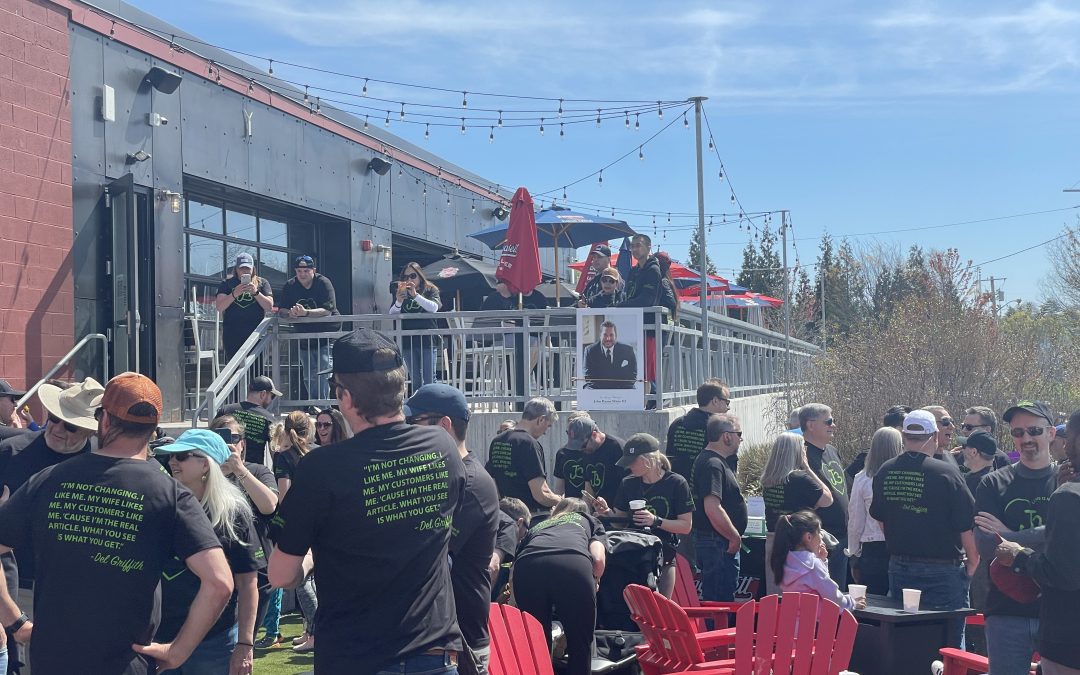In North America, we do not heat or cool buildings; we heat or air-condition them. Is the temperature too cold? Crank up the heat. Is it too hot? Crank up the air-conditioning.
This method of temperature control is ingrained in our language and in the names of our systems, our companies, and our organizations. It is ingrained in our thought process. Few in the United States can even conceive of other ways of making interior spaces comfortable than by being blasted by refrigerated air. Heating in the U.S. is treated as an afterthought—for instance, variable air volume with perimeter heat and packaged terminal air-conditioning with electric heat. Similarly, ventilation is always lumped in with heating and cooling. This seems strange, since ventilation is a health issue, while heating and cooling are primarily comfort issues. The flow of fresh air into a space really shouldn’t depend on a space’s thermal requirements, but again, this is how things historically have been done.
Thus, we call engineered building systems related to space comfort “HVAC engineering” instead of heating, cooling, and ventilation. The remaining mechanical design tasks concerning piping systems are lumped under the title of plumbing engineering. This has led us to divide the engineering tasks of designing mechanical systems into separate disciplines: HVAC engineering and plumbing engineering.
This unfortunate division has had a profound impact on the resulting energy use of U.S. buildings and our failure to adopt more efficient technologies. When a client asks us to engineer a comfortable space, we give him a forced-air air-conditioning system.
This article focuses on the idea of fluid comfort or hydronics, and serves as an open call for engineers to take a leadership role in engineering energy-efficient space comfort systems based on hydronics and associated technologies. (Roughly half of the comfort level in a space is determined by the radiant effects around you and the other half is from the temperature, humidity, and the motion of the air, so why shouldn’t we all embrace comfort engineering and not just plumbing or HVAC engineering?)
Click here to read the complete article on greenbuildingpro.com.



